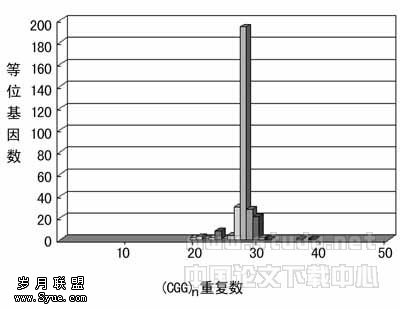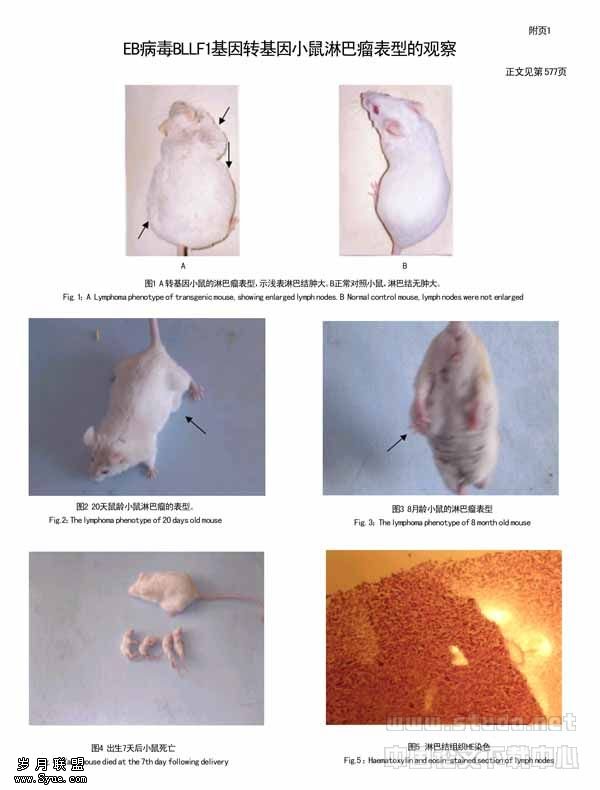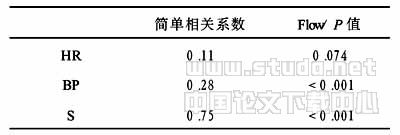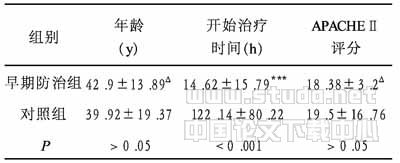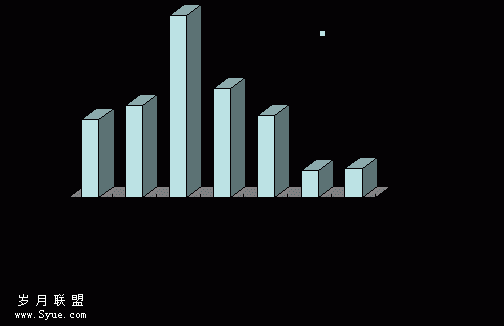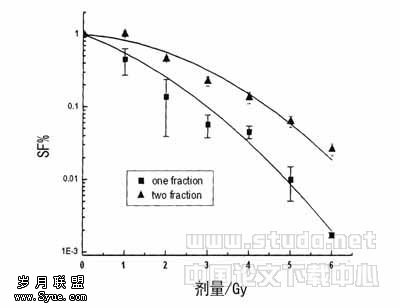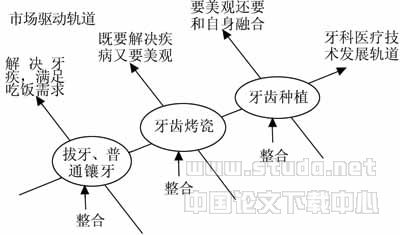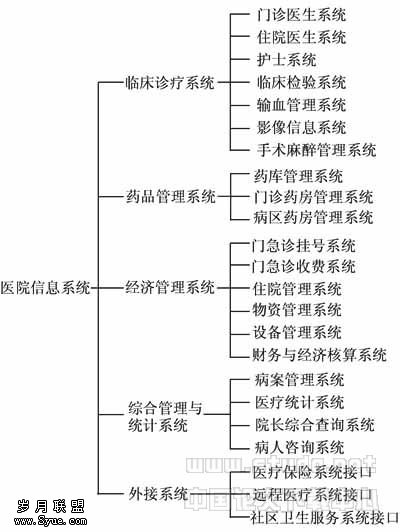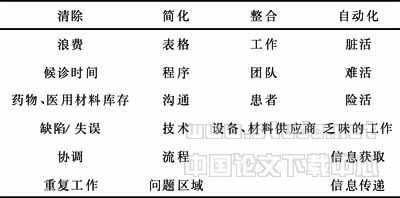胃大部切除术式与幽门螺杆菌感染相关性的研究
作者:章才干 郑华君 陈晓亮
【摘要】 目的 观察Billroth I式和Billroth II式术后、胆汁反流与残胃幽门螺杆菌(HP)感染之间的关系。 方法 残胃组患者101例,其中BillrothⅠ式58例,Billroth II式43例,同期未手术患者4501例作为对照组。残胃组内又分别根据HP、胆汁反流与否、反流程度分层比较。以快速尿素酶试验法及改良Giemsa染色检测HP。 结果 残胃组HP感染率(21.79%)显著低于对照组(41.16%),两组之间比较具有统计学意义(p<0.05);Billroth I 式组HP感染率为21.43%、Billroth II式组HP感染率为22.22%,两组比较无统计学意义;Billroth I 式组胆汁反流阳性率57.14%与Billroth II式组的88.89%相比较具有统计学意义(p<0.001);残胃胆汁反流阳性患者HP感染率为35.44%、胆汁反流阴性患者HP感染率为45.45%,两组比较具有统计学意义(p<0.01);残胃组患者不同程度胆汁反流的HP感染率之间无统计学意义;不同程度胆汁反流的HP现患比均<1.0。结论 残胃HP感染率低于未手术者,胆汁反流是HP感染的保护因素,但与HP感染严重程度无线性关系。
【关键词】 Billroth I式 Billroth II式 胆汁反流 幽门螺杆菌
【Abstract】 Objective To investigate the relationship among operation of Billroth I 、Billroth II ,bile reflux and Helicobacter pylori(H. pylori) infection. Methods We investigated 101 patients with remnant stomach as remnant stomach groups including the Billroth I group(B-I,n=58) and the Billroth II group (B-II, n=43) and 4501 nonresected patients as control groups at the same time.In the remnant stomach groups, we divided into some groups respectively according to H. pylori, bile reflux again. H. pylori status was diagnosed by rapid urease test and histological examination. Results There was significant difference (p<0.05) between the prevalence of H.pylori infection in the remnant stomach groups(21.79%) with the control groups(41.16%); There was not significance of difference between the prevalence of H. pylori infection in the B-I group(21.43%) with the B-II group(22.22%); The positive bile reflux in the B-I group(57.14%) was significantly lower than the B-II group(88.89%)(p<0.001); We found there were statistical significance(p<0.01) of the prevalence of H. pylori infection between positive bile reflux patients(35.44%) with negative ones(45.45%), but there was no statistical significance among different grade bile reflux groups; The prevalence ratios (PR) of different grade bile reflux groups were smaller than 1.0. Conclusions The prevalence of H. pylori infection in the gastric stump was lower than in the control group ; the bile reflux is the protective factors against H. pylori infection , and it is not correlated with the grade of H. pylori infection.
【Key word】 Billroth I Billroth II H. pylori Bile reflux
幽门螺杆菌(Helicobacter pylori ,HP)感染在胃、十二指肠溃疡和胃癌等疾病的发病机制中起重要作用,其研究也较深入,但对胃大部切除术后HP感染国内报道较少。本文对2002年4月至2003年11月 Billroth I式和Billroth II式胃大部切除术患者的胃镜检查结果进行研究,旨在探讨手术术式、有无胆汁反流、反流程度等与残胃HP感染的关系。
1 临床资料
1.1 一般资料
行胃镜检查并检测HP 4602例中,男2410例,女性2192例;年龄9~93岁,平均(43.46±8.13)岁。残胃患者101例,男81例,女20例;年龄29~80岁,平均(47.8±10.06)岁。其中Billroth I式56例、Billroth II式45例。检查距手术时间4个月~45年,平均(13.8±6.52)年。未行手术的4501例患者为对照组。
1.2 方法
胃镜下自残胃吻合口或胃窦(对照组)和胃体部各取>2块胃黏膜标本,各取其中1块作RUT(试剂盒由××生物化工有限公司提供)检测,按试剂盒说明书判断结果;另2块组织用作Giemsa染色检测HP,两者均阳性者为HP感染。
残胃胆汁反流程度在内镜下根据黏液湖黄染程度分为4个等级[1],阴性:黏液湖清亮、透明、无黄染;+:黏液湖清亮、淡黄色;2+:黏液湖呈黄色清亮;3+:黏液湖呈淡黄色或深绿色。
1.3 统计学分析
计数资料采用χ2检验,等级资料用秩和检验,P<0.05为有显著性差异。
2 结果
2.1 残胃组HP感染率为21.79%,对照组为41.16%,两组比较有显著性差异(p<0.05),见表1。表1 残胃组与对照组HP感染率的比较(略)
2.2 不同胃大部切除术式(Billroth I 式与Billroth II式)患者间HP感染率比较,Billroth I 式组HP感染率为21.43%、Billroth II式组HP感染率为22.22%,两组比较无显著性差异(p>0.05);Billroth I 式组胆汁反流阳性率57.14%与Billroth II式组的88.89%相比较差异有显著性(p<0.001),见表2。表2 不同术式患者的HP感染及胆汁反流情况(略)
2.3 胃大部切除术后,胆汁反流阳性患者HP感染率35.44%、阴性45.45%,两组比较有显著性差异(p<0.01),见表3。表3 残胃胆汁反流与否的HP感染人数比较(略)
2.4 残胃不同程度胆汁反流的HP感染率之间无显著性差异(p>0.05);不同程度胆汁反流的HP现患比均<1.0,见表4。表4 HP感染与残胃胆汁反流程度之间的关系(略)
3 讨论
HP是一种微需氧革兰阴性杆菌,我国属高感染国家,人群感染率达40%~70%[2]。人的胃黏膜上皮表面和黏液底层是它的自然定植部位,以胃窦及十二指肠胃化生黏膜为多,胃体和胃底较少。临床资料显示[3],HP与远端胃大部切除术后残胃炎症细胞的浸润有关,也可加剧残胃细胞的肠上皮化生、异型增生、黏膜腺体萎缩和胃酸减少等有关,这就明显提高机体患癌的机率。因此,针对胃大部切除术与HP感染的临床研究具有重要的现实意义。
有研究表明,HP定植得益于它的一系列特异性黏附因子,而胃窦粘膜上皮表面有与之相应的受体[4],残胃由于切除HP定植的主要部位——胃窦,同时还包括幽门及部分神经纤维,破坏了胃窦-幽门-十二指肠的正常解剖生理功能,造成胃排空延缓,十二指肠逆蠕动增加,最终导致十二指肠-胃反流较术前增加,反流物(主要是胆汁)可抑制HP定植[5~6],故使得残胃组HP感染率(21.79%)明显低于对照组(41.16%),与国内报道29.7%相近[7],但远低于国外的38%[8]。
据报道不同术式的HP感染率不同,其原因之一是胆汁反流严重程度不一。众所周知,HP适宜在pH≤4的酸性环境中生长、繁殖,而术后残胃为碱性环境则不宜它的生存[9];在体[10]或离体[11]试验均表明,HP在高浓度的胆汁酸,其外形由原来的杆状变成球状,最后进一步浓缩成团块状而失去活性。本组资料显示,Billroth I 式组与Billroth II式组的HP感染率分别为21.43%和22.22%,两者相互比较无统计学意义,但后者胆汁反流发生率明显高于前者。这种现象表明:胆汁反流与HP能否定植有关,而与HP感染严重程度无关[12];胆汁反流程度与HP感染程度之间呈非线性关系,本资料结果与之相同。此外,残胃HP感染的影响因素众多,胆汁反流仅仅是其中之一;也有文献报道胆汁反流可能根本就不能抑制HP定植、生长和繁殖[13];另有研究显示不同的反流成分也会产生不同的结果[14]。
该研究也显示,残胃胆汁反流阳性患者相对比阴性患者HP感染机会显著下降,但不同反流程度患者之间的HP感染率无统计学差异。数据表明不同程度胆汁反流的HP现患比(PR)均<1.0,从临床流行病学角度讲,胆汁属于HP感染的保护因素(PR<1.0),可是暴露与疾病之间无明显的剂量-反应关系,这也是对Billroth I 式组与Billroth II式组的HP感染率比较无统计学差异一个很好的解释。
综上所述,残胃HP感染率低于未手术者,胆汁是HP感染的保护因素,但与HP感染严重程度无线性关系。为减少术后相关并发症,或为减轻Billroth I 式和Billroth II式术后患者的不适,建议改行Roux-en-Y术、空肠间置术或胆汁转流手术[15]。
【文献】
1 Kellosalo J, Alavaikko M, Laitinen S. Effect of billiary tract procedures on duodenogastric reflux and the gastric mucosa. Scand J Gastroenterol, 1991,23(12):1272~1278.
2 许国铭,李石,主编. 消化病学. 北京:人民军医出版社,1999.710.
3 Satlase-ribeiro AV, Ribeiro U, Clarke MR, et al. Relationship between persistence of Helico-bacter pylori and dysplasia, intestinal, metaplasia, atrophy, inflammation, and cell proliferation following partial gastrectomy. Dig Dis Sci, 1999,44:243~252.
4 刘文忠主编. 幽门螺杆菌研究进展. 上海:上海技术文献出版社,2001.30~43.
5 Tomtitchong P, Onda M, Matsukura N et al. Helicobacter pylori infection in the remnant stomach after gastrectomy: with special reference to the difference between Billroth I and II anastomoses. J Clin Gastroenterol,1998,27 Suppl 1:154~158.
6 Kawai Y, Tazuma S, Inoue M. Bile acid reflux and possible inhibition of Helicobacter pylori infection in subjects without gastric surgery. Dig Dis Sci,2001,46(8):1779~1783.
7 李晓波,刘文忠,戈之铮,等. 胃大部切除术后患者幽门螺杆菌感染诊断方法的评估. 中华消化杂志,2002,22(10):608~610.
8 Schilling D,Adamek HE,Wilke J et al. Prevalence and clinical importance of Helicobacter pylori infection in patients after partial gastric resection for peptic ulcer disease. A prospective evaluation of Helicobacter pylori infection on 50 resected patients compared with matched nonresected controls. Z Gastroenterol,1999,37(2):127~132.
9 Valle J,Kekki M,Sipponen,et al. Long-term course and consequences of Helicobacter pylori gastritis: results of a 32-year follow-up study. Scand J Gastroenterol, 1996;31:546~550.
10 Abu Farsakh NA, Roweily E, Steitieh M, et al. Prevalence of Helicobacter pylori grow in patients with gall stone before and after cholecystectomy: a longitudinal study. GUT, 1995, 36:675~678.
11 Osato MS, Graham DY. How can H.pylori grow in the duodenal bulb when growth is inhibited by bile? GUT, 1997;41(suppl 1):A19.
12 Lee Y, Tokunaga A, Tajiri T,et al. Inflammation of the gastric remnant after gastrectomy: mucosal erythema is associated with bile reflux and inflammatory cellular infiltration is associated with Helicobacter pylori infection. J Gastroenterol,2004,39(6):520~526.
13 Robles-Campos R,Lujan-Mompean JA,Paricio P,et al. Role of Helicobacter pylori infection and duodenogastric reflux in pathogensis of alkaline reflux gastritis after gastric operations. Surg Gynecol Obstet, 1993,176:594~598.
14 Han SW,Evans DG, El-zaatari FAK, et al. The interleukin-8 and Helicobacter pylori may explain duodenal ulcer. Am J Gastroenterol,1996;91:1135~1137.
15 许国铭 主编. 胆汁反流相关性疾病. 上海:上海科学技术出版社,2002.194~208.


